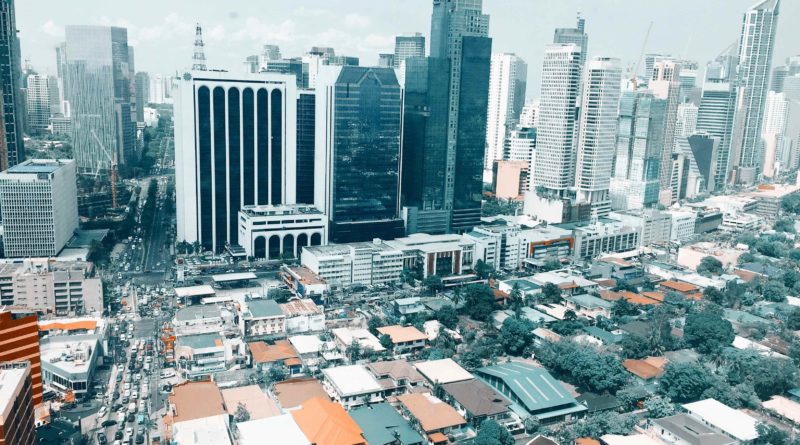Metro Manila to post highest office vacancy since Global Financial Crisis: Colliers
Metro Manila is still facing a challenging leasing market as Philippine offshore gaming operators (POGOs) have been vacating space, and some firms have either closed shop or are cutting their office footprint in favor of remote working schemes, real estate services firm Colliers International Philippines said on Thursday.
In a press release, Colliers forecast that Metro Manila’s office vacancy rate would reach 8.3% this year, the highest since the 8.6% vacancy rate during the global financial crisis in 2009.
“In our opinion, several tenants are waiting until the pandemic and lockdown issues are settled before they re-engage the market. Hence, Colliers sees a continued slowdown in demand for the remainder of 2020,” Colliers said.
The firm noted that the office vacancy in the third quarter was 7.1%, up from 4.3% by the end of last year.
Leasing activity in the metropolis in the third quarter turned a negative 191,300 sq. m. in terms of net take-up, meaning that vacated office spaces surpassed the amount of absorbed or occupied offices during the period, Colliers reported, It was the second consecutive quarter of negative net take-up, the firm added.
In the first nine months of 2020, Colliers said it recorded a net take-up of negative 113,000 sq. m. from about 605,600 sq. m. (6.5 million sq feet) absorbed in the same period in 2019.
POGOs leaving QC, Bay area
POGOs vacated 154,000 sq. m. of space in the third quarter, with Quezon City accounting for the bulk at 40% followed by the Bay area at 27%, Alabang at 13%, Makati commercial business district at 8%, and the Ortigas area at 7%.
Aside from POGOs, Colliers also observed that traditional and outsourcing occupants contributed to a vacancy increase in the first nine months of 2020.
“In our view, this is mainly due to traditional firms closing shop due to the pandemic and outsourcing firms rationalizing office requirements as they have started implementing work from home (WFH) schemes. The muted business outlook for the next 12 months, as shown by the central bank’s latest survey also does not bode well for the office leasing market,” said Colliers.
Colliers projected that there would be a net take-up of negative 121,900 sq. m. in 2020, indicating, a huge turnaround from the 899,200 sq. m. of net take-up in 2019.
Rentals decline steeply
Colliers observed that landlords have become more flexible in accommodating tenants’ requests to lower lease rates. In the third quarter of this year, selected buildings in Ortigas Center, Makati CBD, and Fort Bonifacio were willing to provide discounts ranging from 6% to 25%, higher than the 5% to 15% range offered in the second quarter, the firm added.
Colliers said it is keeping its forecast of a 17% average drop in lease rates in 2020, the steepest decline since the 14% drop in 2009. “In our view, this may even go higher as we may see a further correction in submarkets where there is significant space vacated by POGOs, including the Bay Area, Quezon City, and Makati CBD,” it said.
Rates are likely to tread a slow path to recovery, which should start with a 2% rise in the second half of next year, Colliers noted.
Key segments such as telecommunications, medical coding, health information management, and e-commerce should help lift leasing and hence, rental growth recovery in the second half of 2021, it added.
Construction delays expected
Colliers reported that about 77,700 sq. m. of new office supply was completed in the third quarter of this year. Ortigas CBD accounted for 70% of new supply following the completion of Jollibee Tower. Other new office buildings completed during the period were the Prestige Bay Mall in the Bay Area, Sta. Lucia Business Center in Ortigas Fringe and One Oculus Center in Makati fringe.
“These projects should further intensify competition among landlords in Metro Manila fringe areas,” said Colliers.
Due to the lockdown-induced construction delays, new supply in 2020 would reach only 385,000 sq metres, Colliers forecast. The figure represents a 64% decline from Colliers’ forecast of 1.07 million sq. m. at the start of 2020.
Office buildings that are 50% completed as of the second half of 2020 are likely to be delayed by about six to 12 months, while towers that are less than 50% completed are likely to be delayed by 12 months or longer, said Colliers.
“We are also likely to see delays in new completion from 2021 to 2024,” it added.
Other stories:




